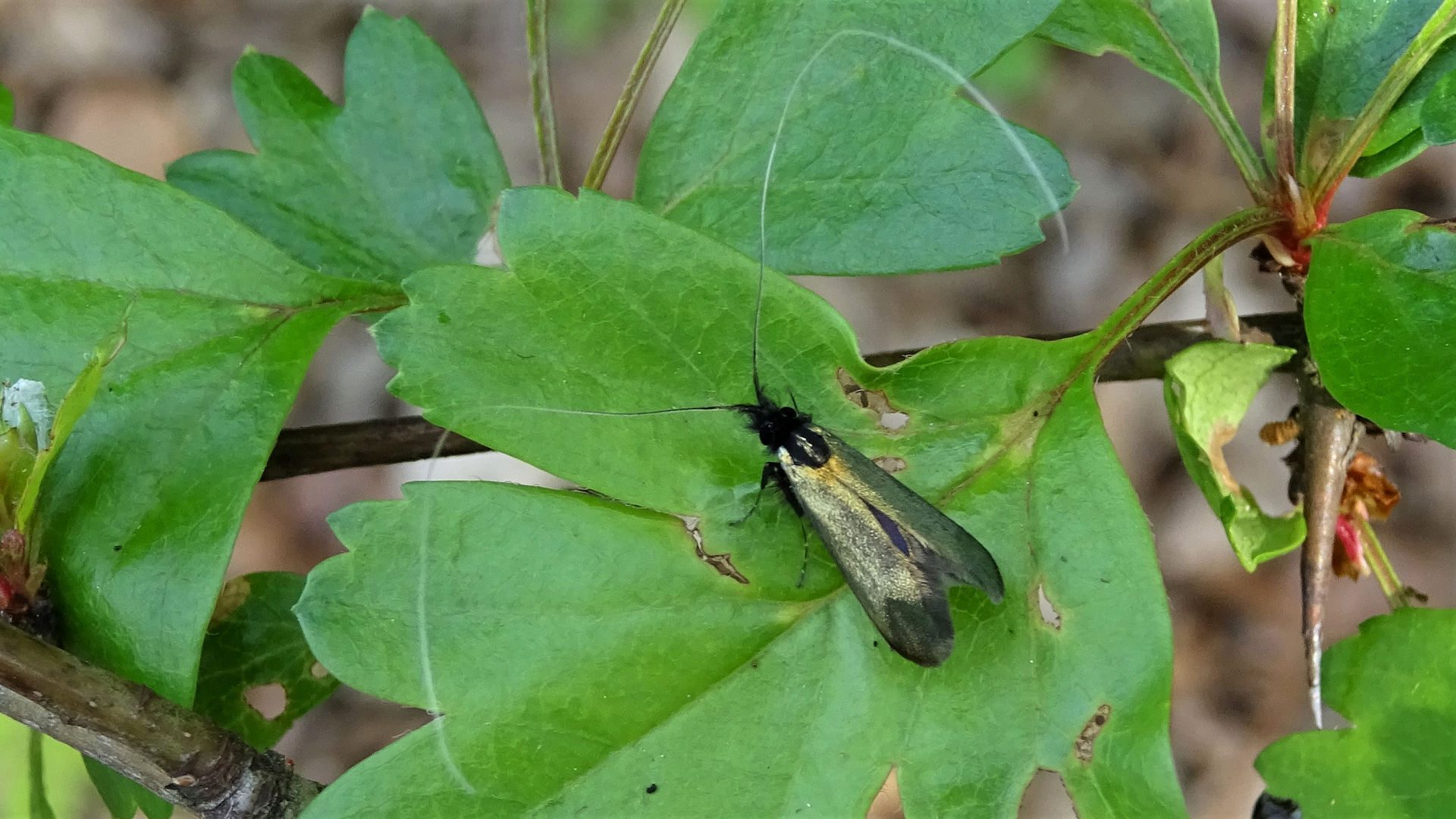Moths are a group of insects that includes all members of the order Lepidoptera that are not butterflies. They are an important part of the food chain providing a vital food source for birds and bats.
03.001
Orange Swift Triodia sylvina
Flies from July to September and can be found in rough grassland and gardens. Males are more brightly coloured than females and are larger. This species overwinters twice as a larvae.
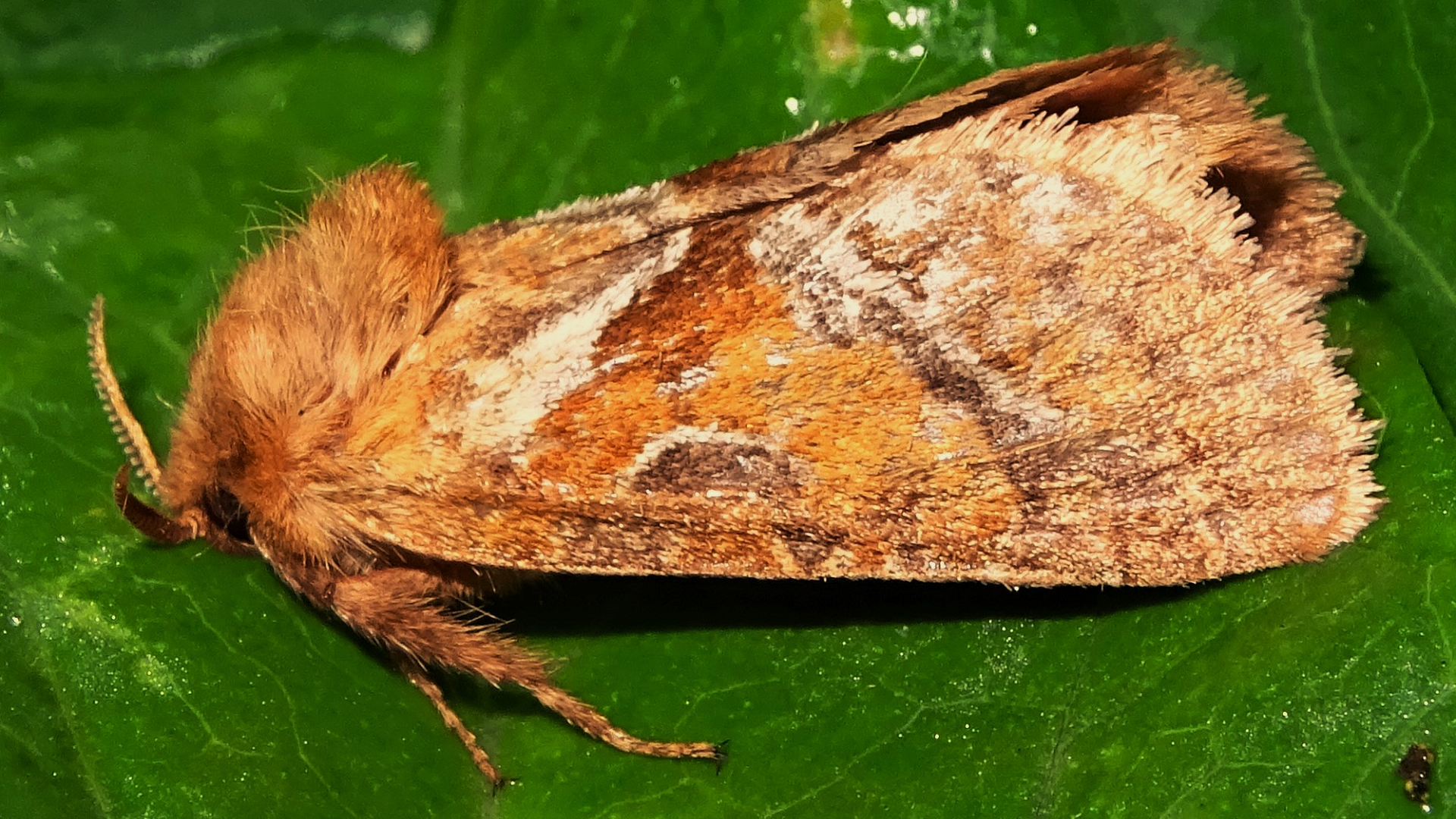
#
03.002
Common Swift Korscheltellus lupulina
On the wing from May until July. Females are larger and duller than males. Markings on males are variable. The larvae feed on grasses and herbaceous plants.
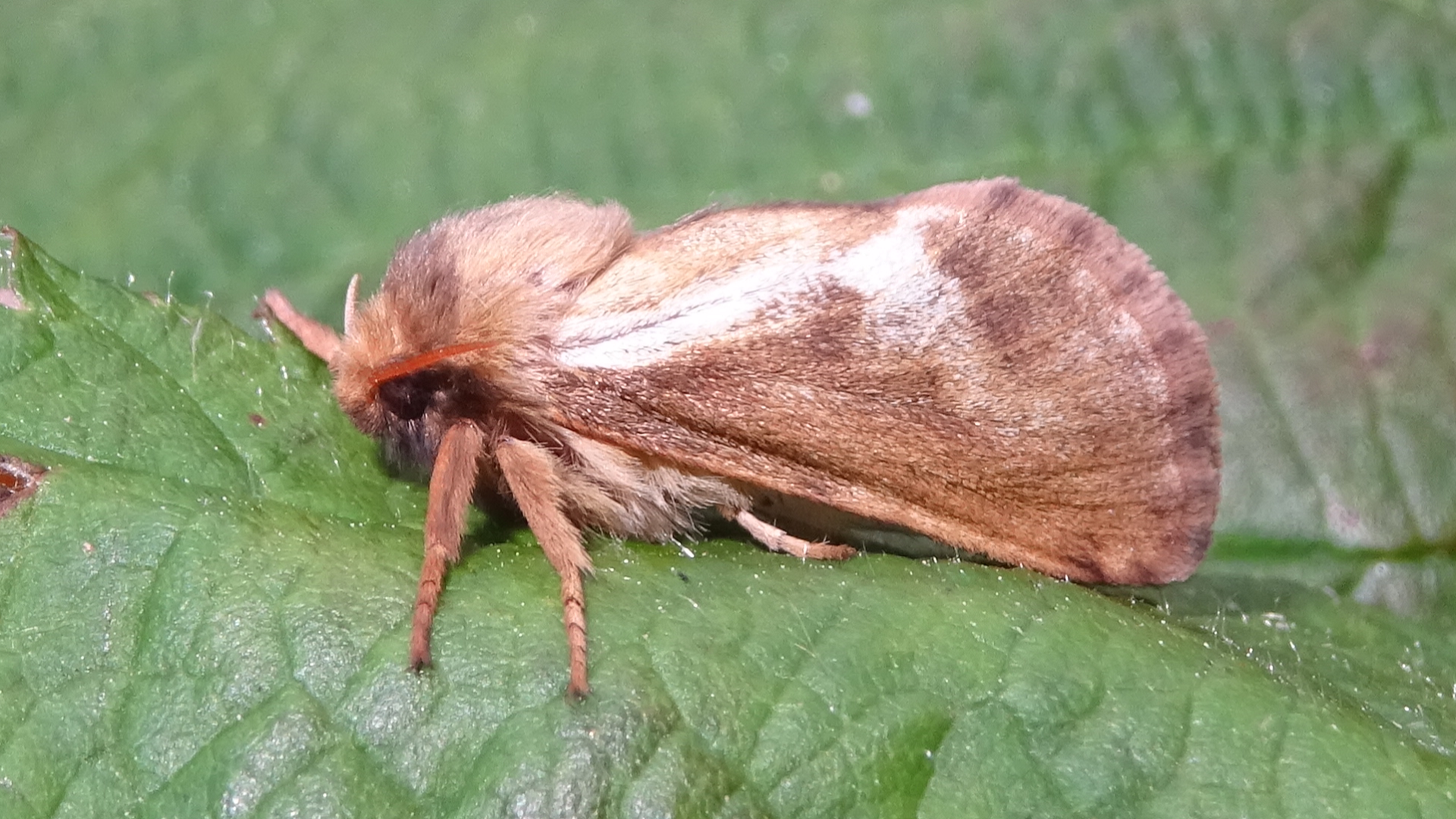
#
07.001
Yellow Banded Longhorn Nemophora degeerella
Often seen in large groups dancing over bushes in sunshine during May. Males have extremely long antennae; those of females are much shorter. The larvae feed on leaf litter on the ground.
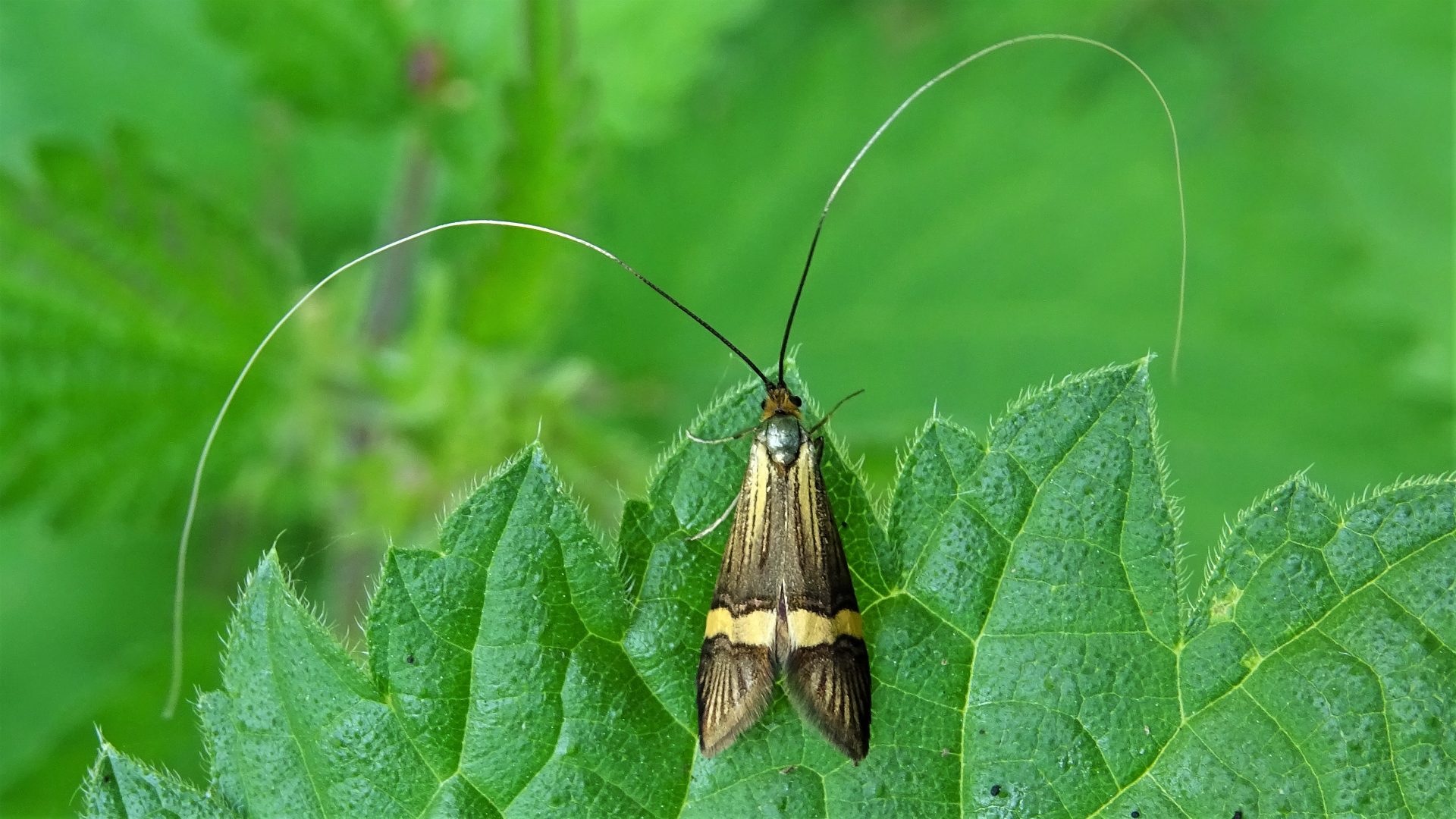
#
08.002
Feathered Cutter Incurvaria masculella
Males are similar to
Incurvaria pectinea, both have feathered antennae, a characteristic uncommon in micro moths. This species has good contrasting features. Also known as 'Feathered Bright' and 'Feathered Leaf-cutter'.
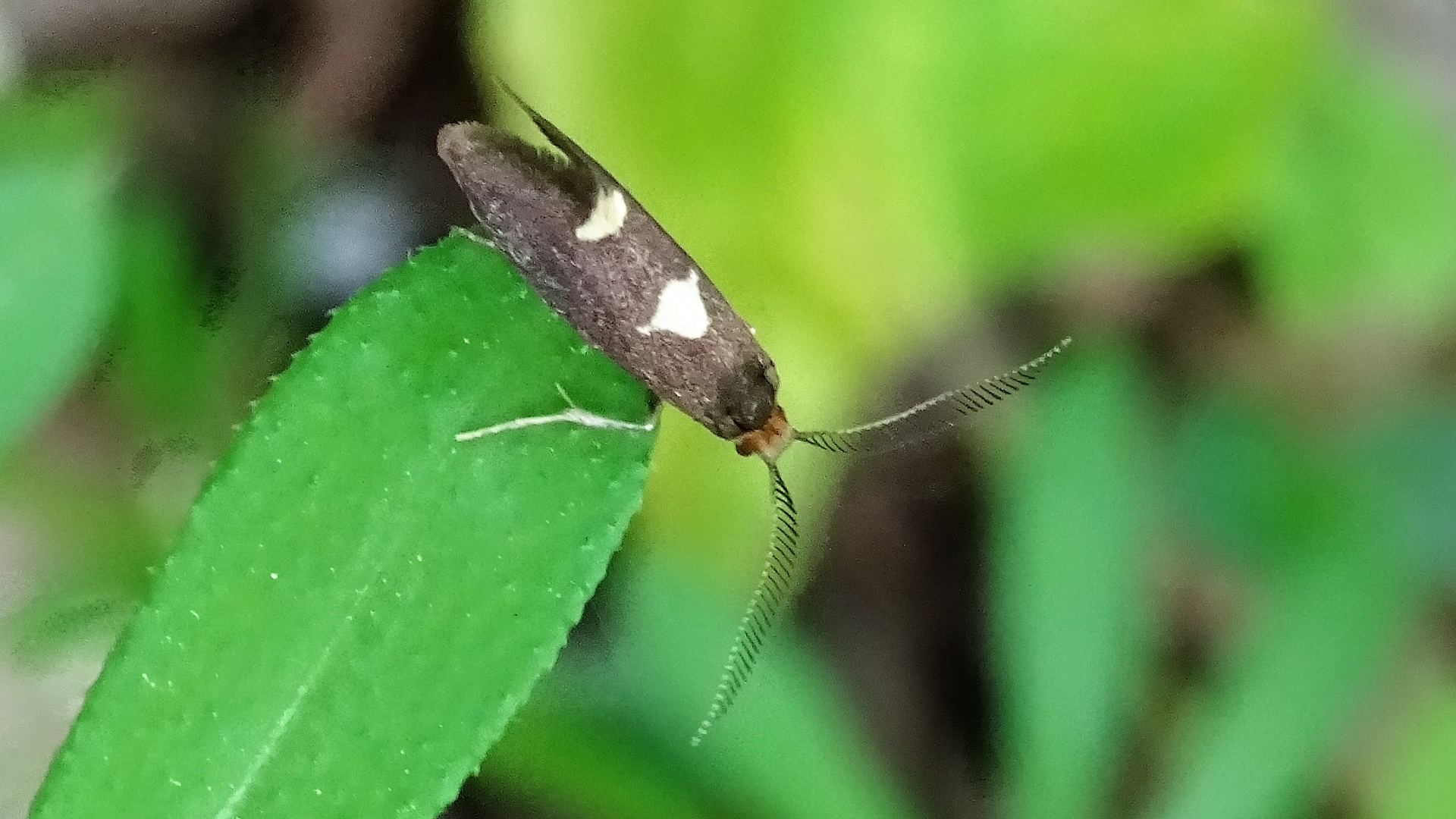
#
25.001
Hawthorn Moth Scythropia crataegella
Common species found in woodland, grassland and gardens. The larvae mine hawthorn leaves before feeding communally in a silken web spun on bushes. Adults are seen from May until September.
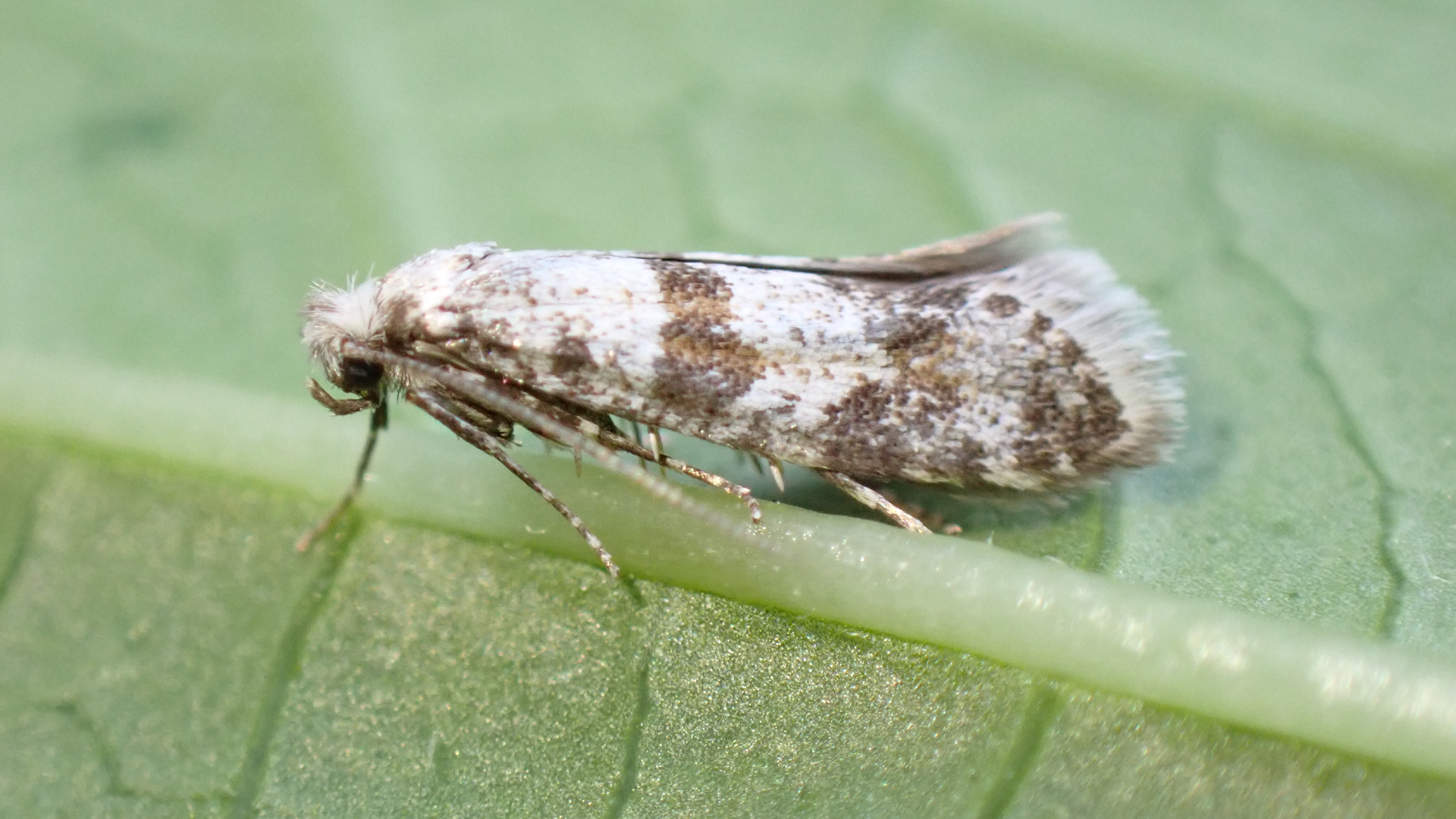
#
28.015
Lesser Tawny Crescent Batia lunaris
Flies from June to August. It feeds under tree bark possibly on fungi or rotten wood. The larvae feed on lichens.
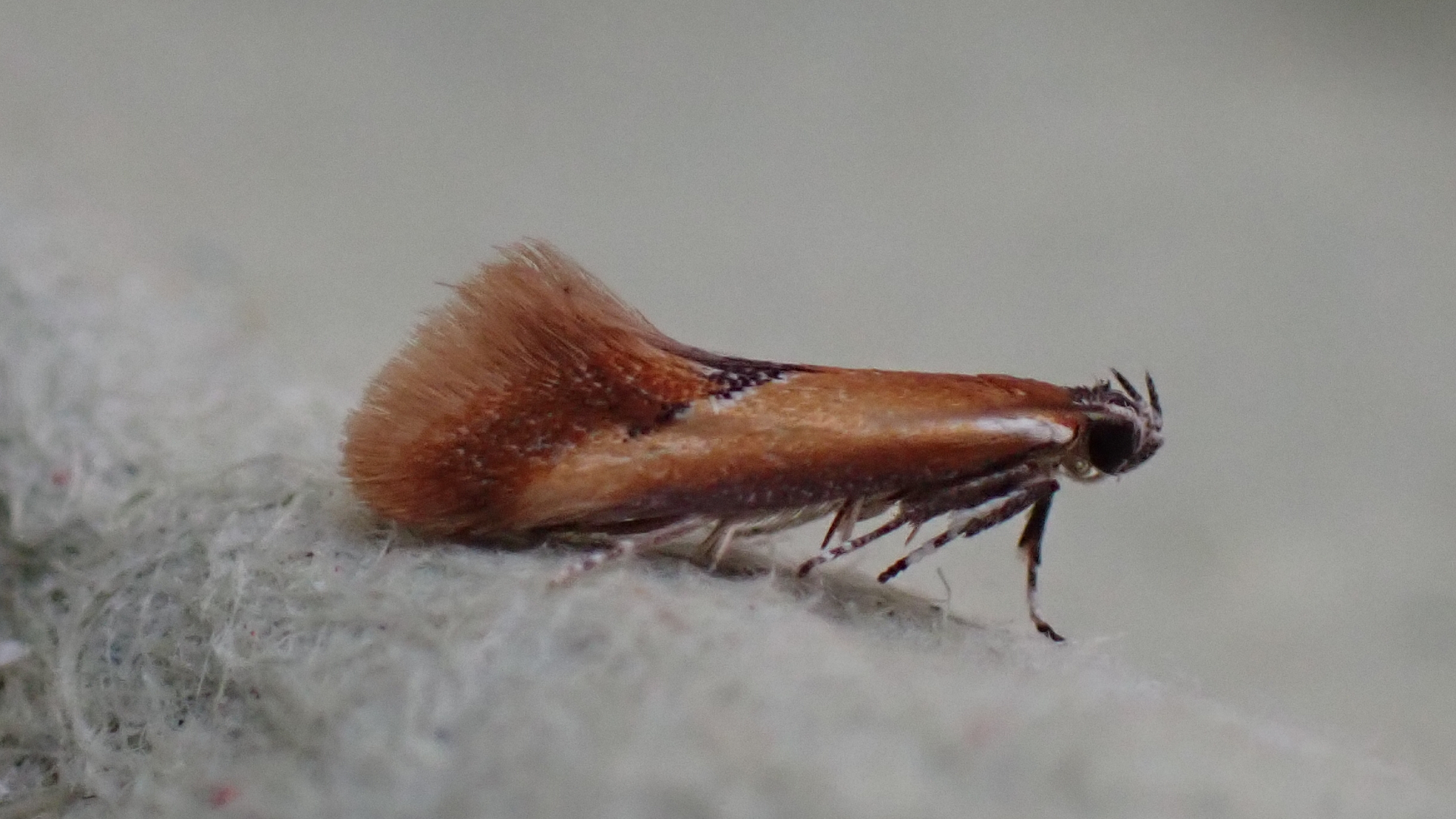
#
28.019
Sulphur Bark Moth Esperia sulphurella
Brown moth seen flying in daytime from April to June. It has pale-yellow markings and whitish marks on the antennae. This species has recently undergone a name change and was previously known as the Sulphur Tubic. It feeds on dead wood.
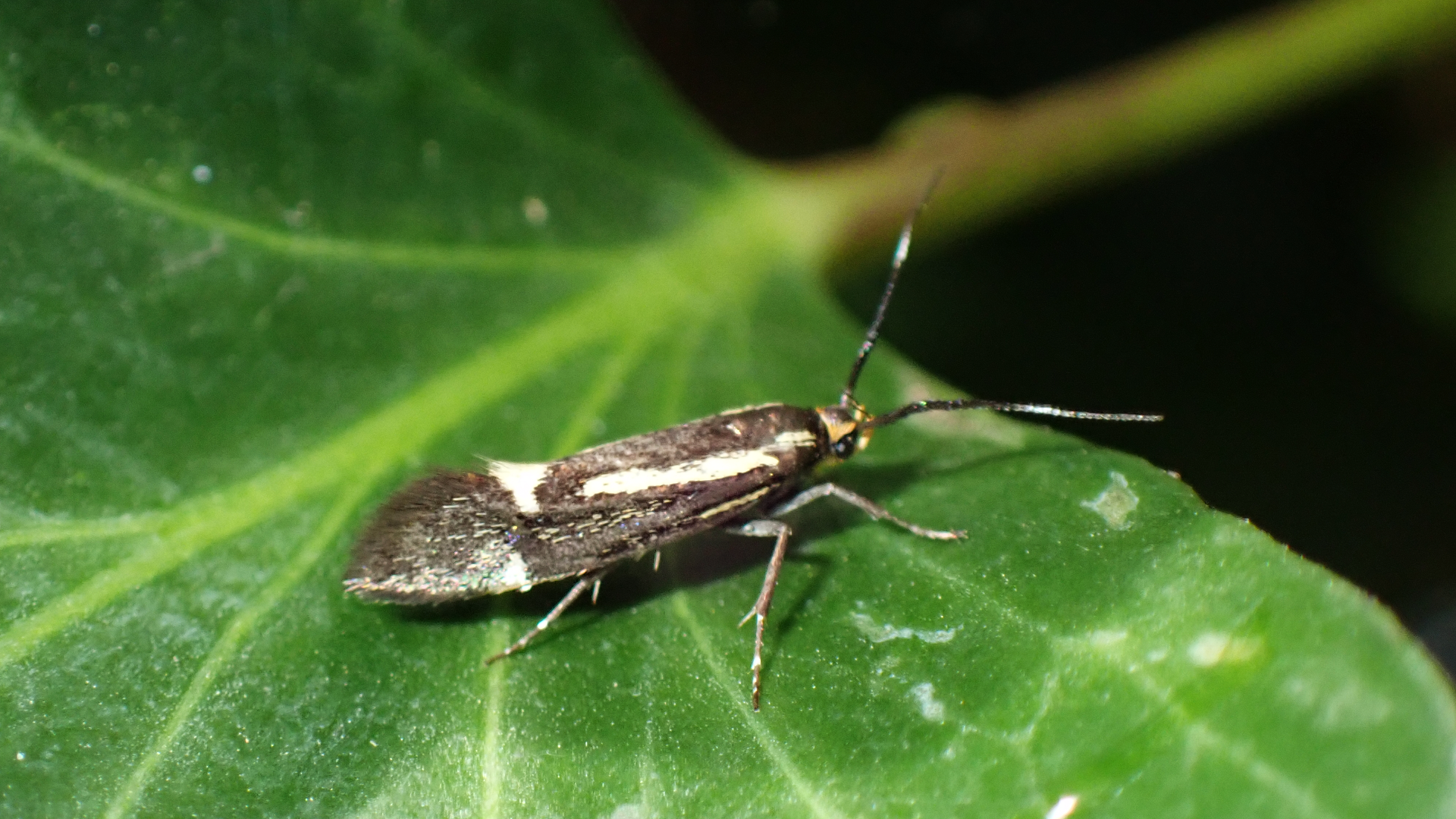
#
28.022
Hedge Beauty Alabonia geoffrella
Colourful day-flying woodland species often seen in May and June on bramble during sunny mornings. Its larvae feed on rotten tree bark. Formerly known as the 'Common Tubic' and often referred to as "Geoff" by moth enthusiasts.
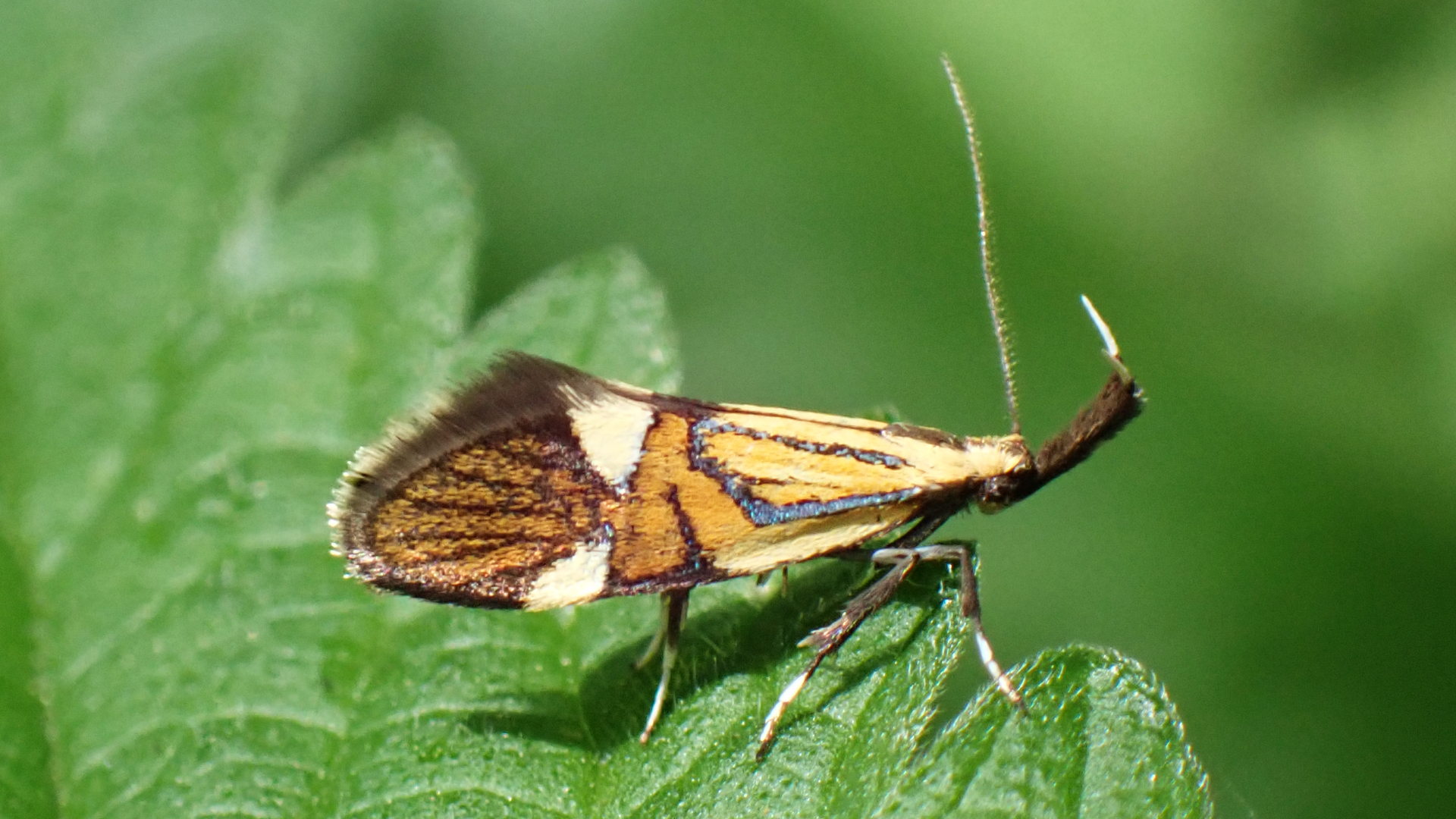
#
29.001
Early Reveller Diurnea fagella
Appears in early spring and flies from March until May. Melanic forms occur in industrial areas. Females cannot fly. This species feeds on a range of deciduous trees. Previously known as the 'March Tubic'.
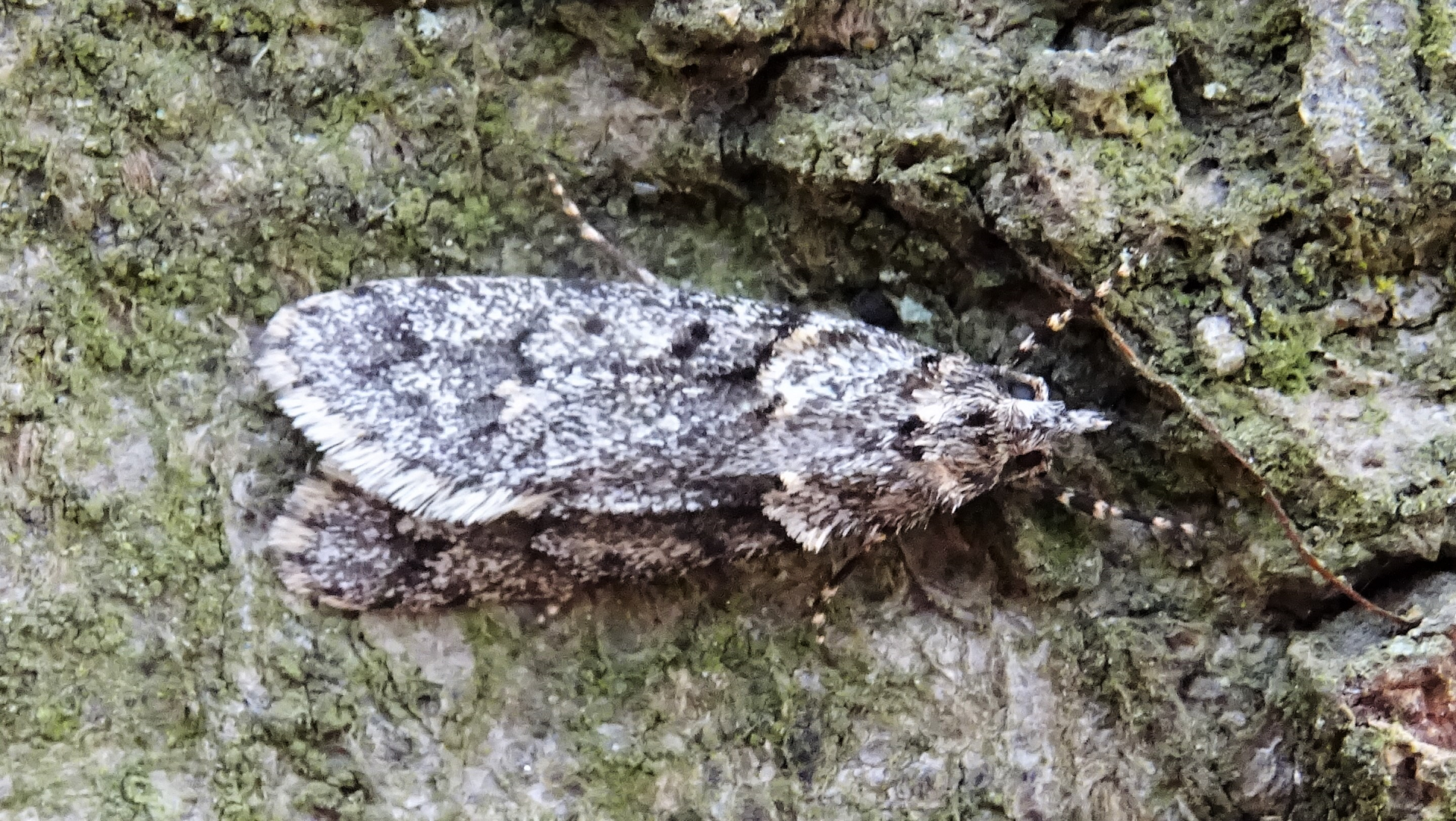
#
© hainaultforest.net. All rights reserved.


